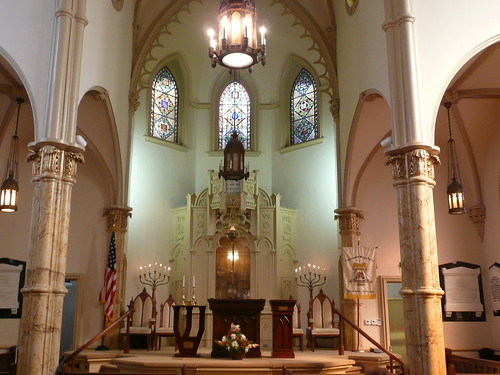For a horrifying but very real picture of human resistance
and endurance in time of war, read Laura Hillenbrand's captivatingly written
Unbroken. This is non-fiction that reads
as fiction. Make sure you have time because once you pick up this book, you
will not want o put it down.
Hillenbrand is extremely careful to let us get to know our
protagonist, Louis Zamperini, from the time he was a child, an often
recalcitrant child, until he was captured and held as a prisoner of war by
the Japanese during World War II. The
author's meticulous depiction of Louis'
background, his focused attempt to become an Olympic runner in the famous 1936 Olympics and later as a dedicated Army Air Corps bombardier helps us understand how Louis, despite the odds, withstood the
Japanese treatment of prisoners of war and particularly of him.
In June, 1943, Zamperini and his fellow fliers were shot down and adrift
in an ocean teeming with sharks. They
had just enough food to sustain the barest of life for those not injured; they
managed just enough water to do the same, and then, after being strafed by a
Japanese fighter, they were captured and became part of the Japanese
prisoner-of-war system that left more dead prisoners by a significant margin
than any other country in WWII. The
Japanese culture despised the idea of surrender or of being captured by the
enemy, and their treatment of their captives reflected their disgust and lack
of respect.
It's easier to understand the treatment of prisoners when one reads what Japanese politician Nakajima Chikuhei said in 1940 “...it is
the sacred duty of the leading race [Japanese] to lead and enlighten the inferior
ones.” The Japanese, he continued are the “sole superior race of the world.”
Its military-run school system drilled children on this imperial destiny.”
Because of their schooling, violence became an integral component of the Japanese military culture: “...the Japanese imperial army made violence a
cultural imperative.” Before America was
attacked at Pearl Harbor, Nanking was an example of the Japanese approach. Needless to say, Japan's prisoner of war camps
were violent places that resulted in more deaths than in releases at the end of
the war.
Throughout Unbroken, Laura Hillenbrand leads her readers to
understand not only the Japanese approach to its prisoners and supports her statements with statistics but also to see how Louis Zamperini had grown into a man who had a
chance of surviving despite the odds.
I absolutely do not want to give you any more specifics
about what Louis endured nor do I want to delve too deeply into his “before”
and “after” lives. All of this man's
life was a remarkable journey.
Why read it if it is simply the biography of a splendid individual? The answer is simple. Louis has a a great deal to teach us about
dedication, endurance, and finding one's self time and again despite the pain. His life is something we can all profit from
understanding.
Unbroken is well-written, interesting, supported (you will
see her bibliography at the end), and will make you want to look at other
books by Laura Hillenbrand.
Unbroken is going to be the book read in this fall's Orange [County] Reads program, and I will be leading the discussion in several libraries around the county. If you live here, I hope you'll participate.


.JPG)






.JPG)